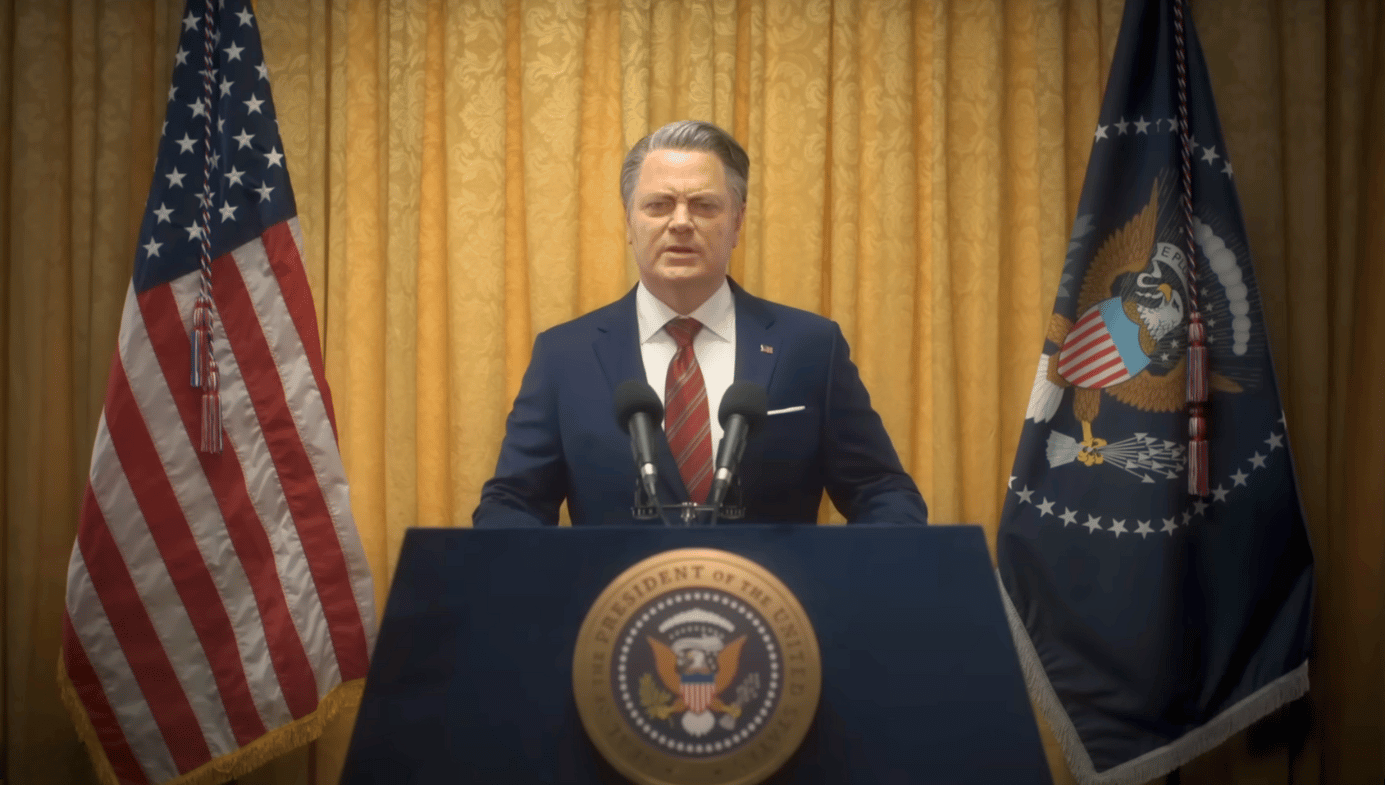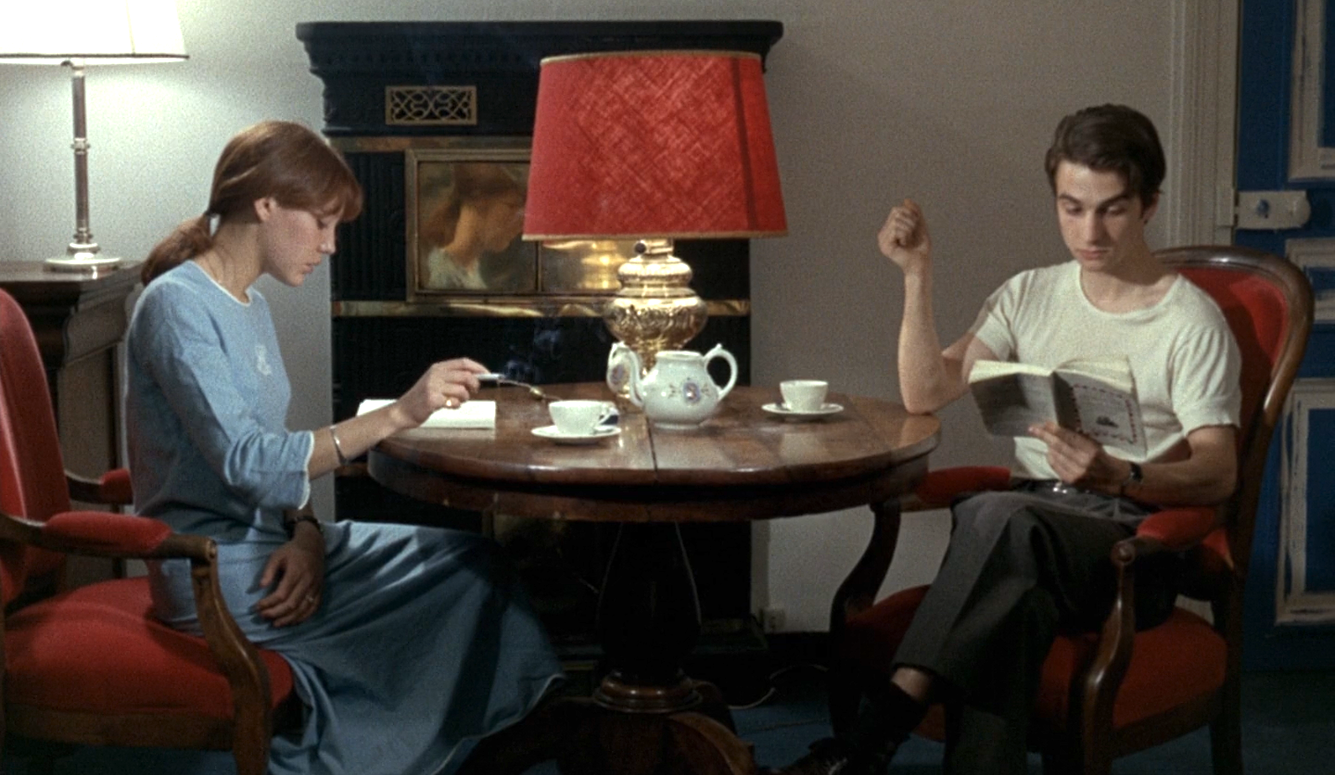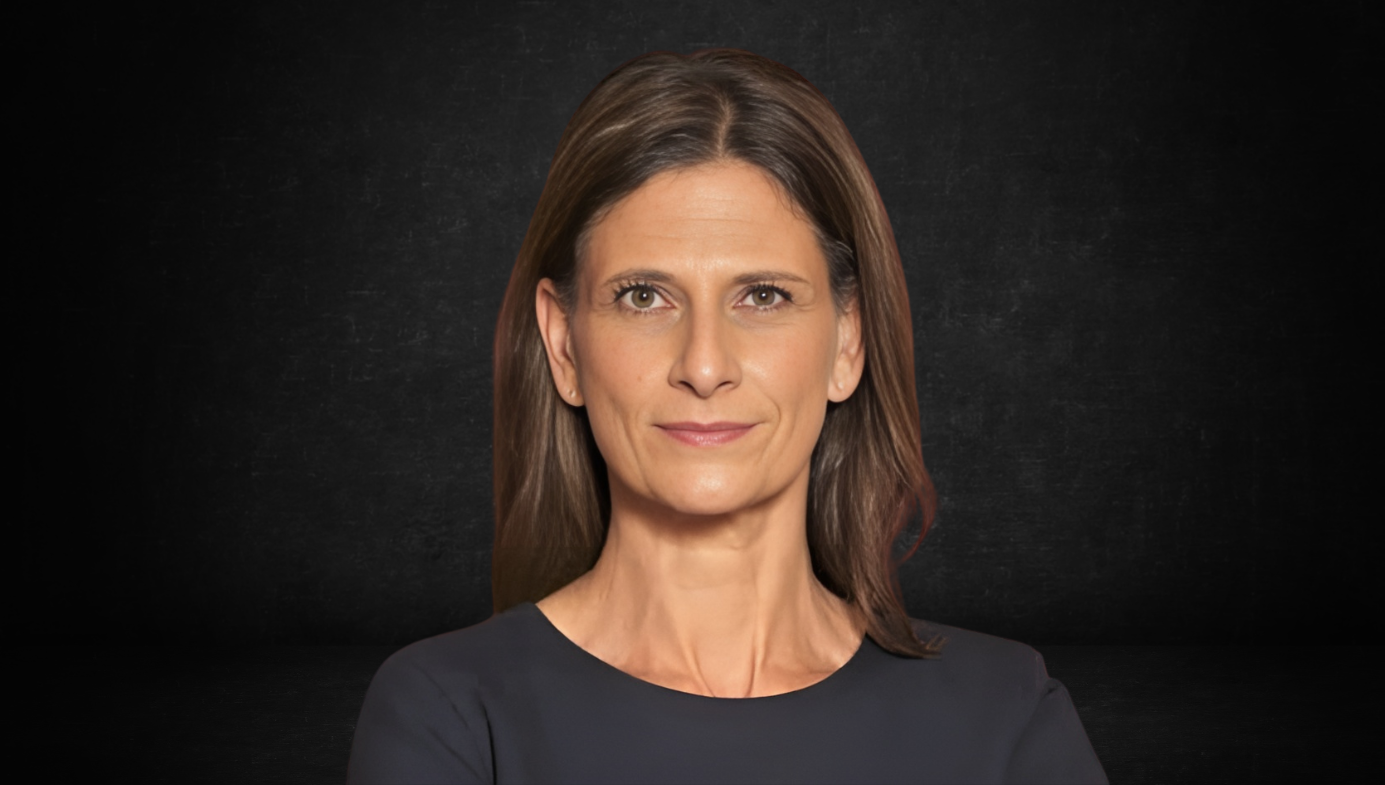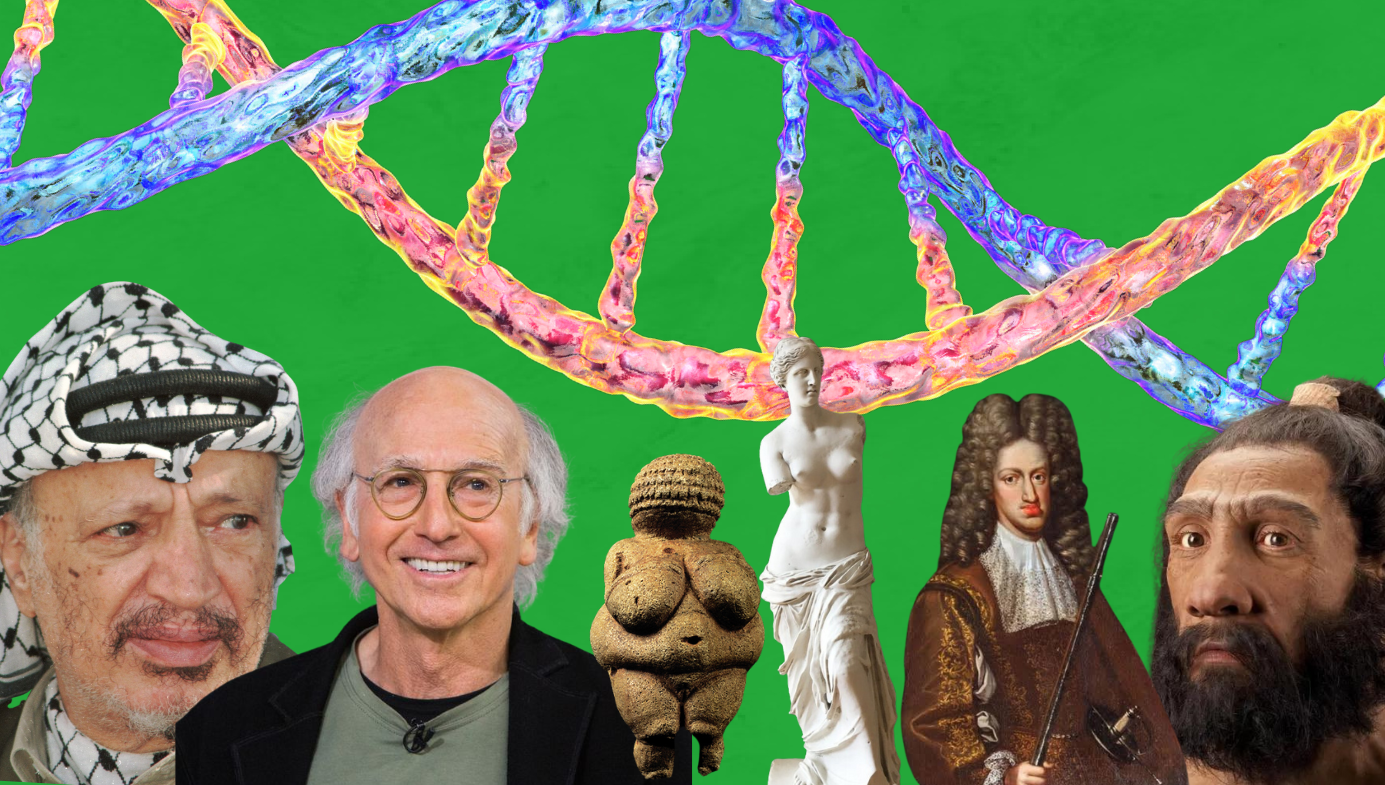Washington’s Hidden History
Kirchick’s book is a reminder of a shameful past, but its very existence is also evidence of the progress that the West’s democracies have made in the years since.

A review of Secret City: The Hidden History of Gay Washington by James Kirchick, Henry Holt and Co., 848 pages (May 2022)
James Kirchick’s important new book, Secret City: The Hidden History of Gay Washington, lifts the veil of secrecy that has shrouded the lives of gay people who have worked in and around the administration of several American presidents. Unlike other histories of the gay movement, Secret City explores the prominent role gay people played in shaping public policy, even as the government they served was trying to root them out. Their stories are often heartbreaking, and the glimpses Kirchick provides into needlessly ruined lives caused me to pause and tear up more than once.
Gays who served their country admirably still faced lurking danger around every corner—the slightest misstep could lead to dismissal and to stigma that they would be forced to carry throughout their lives. Police forces raided gay bars so gay men hung out in washrooms, and government organizations compiled blacklists of gay people to ensure their ostracism. As Kirchick points out, “The fear of homosexuality, or even the mere accusation of it, destroyed careers, ended lives, and induced otherwise decent people to betray colleagues and friends.”
Secret City opens with the story of Sumner Welles, who served as undersecretary of state under FDR. His boss, Secretary of State Cordell Hull, was frequently sick, and so Welles often found himself advising the president. His advice was greatly appreciated, but his secret—that he had propositioned some Pullman Porters—was making the rounds. Hull waged a campaign to have him fired, and despite the fact that FDR trusted his judgment, Welles was forced out of his job.
Then there was the hunt for Senator X, who was rumored to be mingling with gay Navy men at a house in Brooklyn in 1942. Ultimately, he was named as David Walsh by the New York Post—the first “outing,” Kirchick notes, of a gay man in government. To make matters worse, allegations circulated that a Nazi spy frequented the premises in question. Fortunately for Walsh, his attendance record in the Senate proved he could not have been there at the times alleged. But the damage inflicted by the allegations had been done, and Walsh was defeated by Henry Cabot Lodge in 1946. He died the following year. An accusation of homosexuality back then, Kirchick writes, was the “atomic bomb of political weaponry.”
The story of Alger Hiss and Whittaker Chambers has been told many times, but not like this. In 1948, Chambers appeared before the House Un-American Activities Committee (HUAC) to testify about a communist ring that included Alger Hiss, who had worked in the State Department. Chambers ultimately led investigators to a pumpkin patch where he “extracted five rolls of 35mm film containing images of classified State Department documents that, he claimed, Hiss had given to him in 1938.” Hiss responded by telling the FBI that Chambers was a “vengeful homosexual.” As a result, Chambers was forced to admit and renounce his homosexuality to the FBI.
“The Hiss-Chambers affair,” Kirchick notes, “established a link between communism, disloyalty and homosexuality in the minds of influential Washingtonians, broadening the incipient ‘red scare’ into a lavender one.” Naturally, how one viewed the affair depended on one’s politics: “Chambers still confessed to feeling homosexual urges, implying that someone with such a nature could still be a loyal, God-fearing patriot. Neither right nor left could admit the validity of seemingly mutually exclusive claims: for the former, that Chambers was a homosexual, and for the latter, that Hiss was a Communist.”
At the time, there was a widespread belief that homosexuals’ secret lives made them uniquely susceptible to blackmail. But, in reality, this apparently pragmatic view hid a double-standard. Since straight people were also at risk of blackmail if they engaged in extramarital affairs, shouldn’t adultery likewise have been grounds for dismissal? And, as Kirchick points out, intolerance of homosexuality produced a national security paradox. Gay men and lesbians were fired because their employment left them vulnerable to blackmail. But “by threatening to fire homosexuals due to nothing other than their sexual orientation, the government itself was providing potential foreign blackmailers with a powerful weapon to induce treason.” Besides which, Kirchick reminds us, as far as we know, only one person was ever blackmailed by the Soviets, and that attempt (on reporter Joe Alsop) did not work at all.
In the late 1940s, Senator Clyde Hoey decided to hold hearings on the issue of “sex perverts” in the US federal government. Despite their sinister intent, these solemn proceedings and the ignorance of the inquisitors produced occasional moments of unintended levity. Margaret Chase Smith, a Republican from Maine, actually asked a witness if there was not a “quick test like an X-ray that discloses” a person’s sexual orientation.

When the Hoey subcommittee released its report on December 15th, 1950, it concluded that “those who engage in acts of homosexuality and other perverted sex activities are unsuitable for employment in the Federal Government.” In 1953, President Eisenhower signed Executive Order 10450 which “obligated every federal agency to investigate new and existing employees for ‘sexual perversion.’” It was the start of a major purge.
Kirchick’s book focuses on Washington, but as I noted in my own book, Conservative Confidential, Canada was not about to be outdone when it came to this kind of persecution. In 1959, the Royal Canadian Mounted Police (RCMP) embarked on a national investigation to identify homosexuals, with a particular focus on the civil service. Under the Canadian criminal code, homosexuals were considered “criminal sexual psychopaths,” and a 1960–61 report found 560 federal employees who were believed to be gay. The following year, another 300 federal employees were added to the list, along with 2,000 homosexuals who were employed outside the federal civil service. By the year after that, the RCMP had enlisted the support of local police force “morality squads.” And by 1967–68, the RCMP had accumulated 9,000 files on suspected homosexuals, one-third of whom were federal employees.
By the early 1960s, the RCMP had developed a device informally known as the “fruit machine,” which was supposed to be capable of identifying homosexuals. Individuals were shown pictures of naked men and women, and if the machine detected pupil dilation when pictures of the same sex were displayed, then that person was deemed to be homosexual. But as word got out that the RCMP was testing people, it became hard to get anyone to take the test. Even if you were straight, a false positive could destroy your career. A report on file with the Canadian Museum of History estimates that at least 100 employees lost their jobs as a result of the machine’s testing, but that was just a small proportion of the number of gay people who ultimately had to leave their jobs. We don’t know the real figures.

In the United States, Kirchick claims that “an estimated 7,000 to 10,000 federal employees lost their jobs owing to homosexuality in the 1950s alone, a figure comparable to the estimated 14,700 people who were fired or resigned due to their political associations during the height of McCarthyism.” Kirchick’s chapter on this, “The Heterosexual Dictatorship,” is both masterful and upsetting. Any gay person who has spent time in the closet will understand Kirchick’s stories personally, and some of them hit me pretty hard.
For instance, consider the story of Walter Jenkins, who served as one of Lyndon Johnson’s top aides. When he was hired in 1939, Johnson had a phone installed in his car so that he could take Jenkins’s calls. Jenkins was so devoted that Johnson called him “my vice president in charge of everything,” and some people even used the word “slave” to describe the relationship. When congressmen and senators spoke to Jenkins, they knew they were also speaking to the president.
Unfortunately, Jenkins had a secret, and when he was arrested for sexual solicitation in a YMCA bathroom in October 1964, his tremendous loyalty made no difference. Johnson, it turned out, cared little for his aide’s wellbeing. He was far more concerned with his re-election prospects, and more interested in learning about the man who was arrested with Jenkins. Might he have been a Republican plant? A Soviet agent? In the end, it didn’t matter, and Jenkins was unceremoniously fired. Johnson’s “faithful retainer,” observed power-broker Clark Clifford, “became a non-person.”
Jenkins wasn’t the only political aide to Johnson to fall by the wayside because of homosexuality. Thanks to Kirchick, we now know the full story of those who saw their lives ruined by the merest suspicion of homosexuality: “To assess the full scale of the damage that the fear of homosexuality wrought on the American political landscape, one must take into account not only the careers ruined and the lives cut short, but something even vaster and more unquantifiable: the possibilities thwarted.”
The other story that deeply moved me was the story of Oliver “Billy” Sipple, a closeted gay man who saved Gerald Ford’s life during a 1975 assassination attempt. Sipple’s subsequent outing by the press sent his life into a horrible downward spiral. He faced more questions from reporters about his sexuality than about his heroic actions, and his mother cut him off. He pleaded with President Ford to call his family but to no avail. His physical and mental health nosedived, and he was found dead in his apartment in 1989. He was only 47 years old.
Kirchick also includes a powerful section on Ronald Reagan and AIDS. Reagan’s legacy will forever be stained by his inability to grapple with the AIDS crisis, and his callous indifference is well-documented in Kirchick’s book. The Reagans couldn’t even cope with the epidemic on a personal level. When Rock Hudson, a close friend of the first couple, succumbed to the disease, “the president purged all references to the nature of their decades-long friendship, turning an expression of personal grief into one of anodyne regret.”
I lived in New York City from 1985–91 and saw firsthand how gay Americans were abandoned by their government. Back then, AIDS not only meant death, it also often meant an inexorable slide through poverty into homelessness. I remember one night when my friend Carl came over with a cake he had baked. Two weeks later, he was gone. We grieved, and then we became angry, unable to understand why such a huge public health emergency could not get the attention it desperately needed from the administration. I went to Washington, DC in 1987 for the Second National March for Lesbian and Gay Rights, and for a while I was part of ACT-UP. But in the end, I couldn’t stand their politics—staging a kiss-in at St. Patrick’s Cathedral wasn’t about to bring anybody to our side.
What makes this tragic history so poignant is the significant number of gay people who were raising money for the conservative movement and Ronald Reagan. Lyndon “Lynn” Francis Bouchey fought communism at the Council on Inter-American Security; Bob Gray and Craig Spence were top social hosts during the Reagan years; Terry Dolan was the powerful chair of the National Conservative Political Action Committee (NCPAC); and Spitz Channel raised a lot of money for the contras in Nicaragua. People are often shocked to discover how many gays and lesbians are conservatives, and this can lead to risible errors of judgment. When Stephen Harper became Prime Minister of Canada, the gay press immediately went berserk claiming that he would wage a “war on homos.” But Harper ended up appointing a gay man, John Baird, to be his foreign affairs minister, who then proceeded to strongly support gay rights around the world.
If Secret City has a hero, then that title surely belongs to Frank Kameny, a Jewish veteran of World War II who earned a PhD in Astronomy from Harvard University. But Kameny had the misfortune of being arrested in a San Francisco public restroom for solicitation of sex from an undercover police officer. Despite the high demand for his services during the space race, Kameny was fired from the Army Map Service while many of his colleagues went on to enjoy lucrative careers at NASA. This turned Kameny into an activist, and he spent decades working to end official discrimination against homosexuals and to allow them to join civic society. The fight left him broke financially, but his hard work led to the emancipation of gay people in the United States before he passed away in 2011.
Kameny’s story should be well-known and gay people should speak his name with reverence. And that is where I am worried. While we are fortunate to have a political historian like James Kirchick who can beautifully and honestly report these important stories, others are quite willing to rewrite this history. I live in Ottawa, the capital of Canada, where a new monument commemorating the many gay people who were dismissed and fired during our own “lavender scare” will soon be built. However, our memorial will be known as the LGBTQ2+ National Monument which is an anachronistic distortion of history in the service of a quite different kind of activism—it wasn’t the alphabet people who were purged, it was gay people.
I feel a profound sense of gratitude to James Kirchick for writing this book. However, Secret City deserves a wider audience than a description of it as “gay history” invites, because it contains lessons for everybody. Kirchick’s book is a reminder of a shameful past, but its very existence is also evidence of the progress that the West’s democracies have made in the years since. It surely won’t be long before Secret City volumes are published on Jerusalem, Paris, and London. But when—if ever—will we see Secret City histories for Tehran, Moscow, Havana, and Riyadh?











